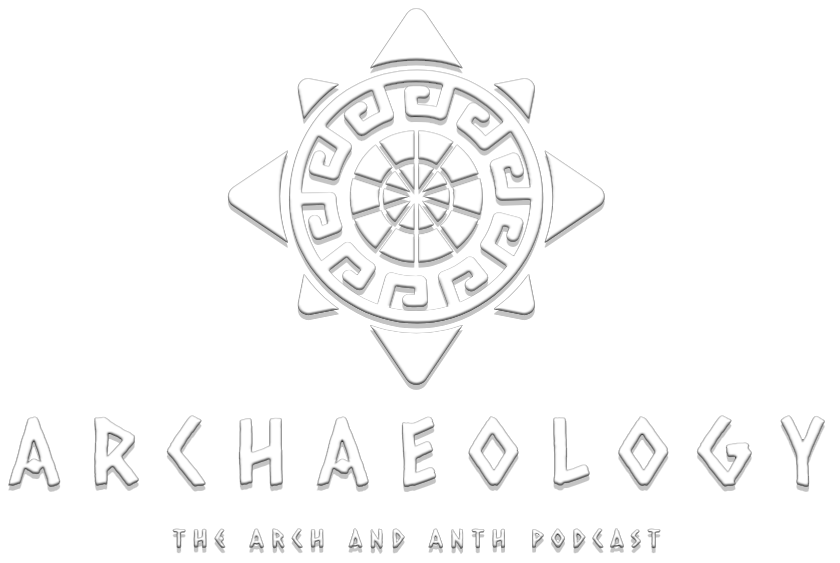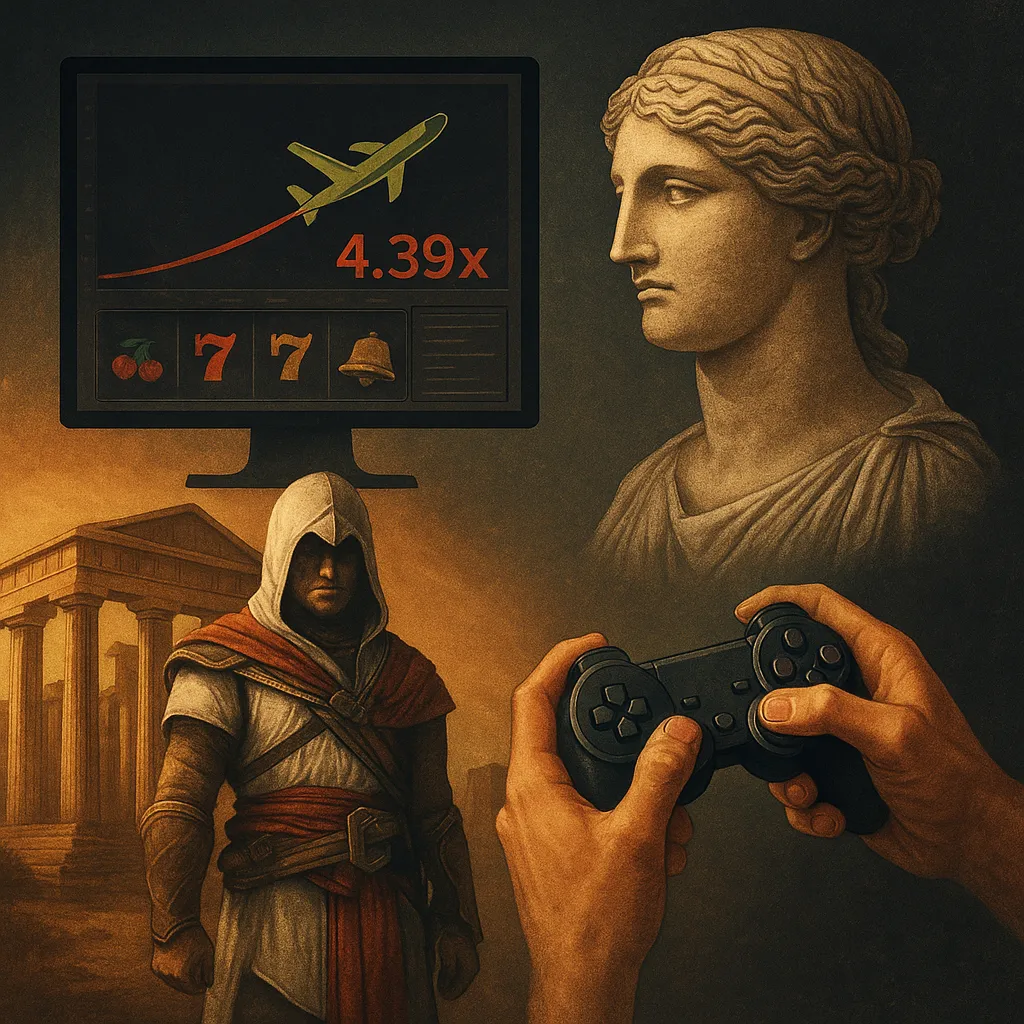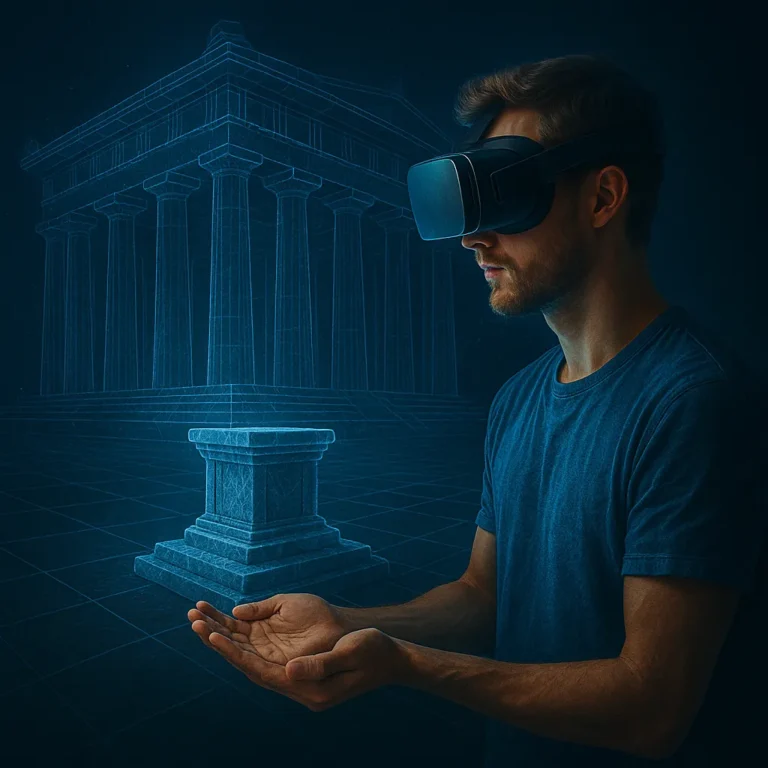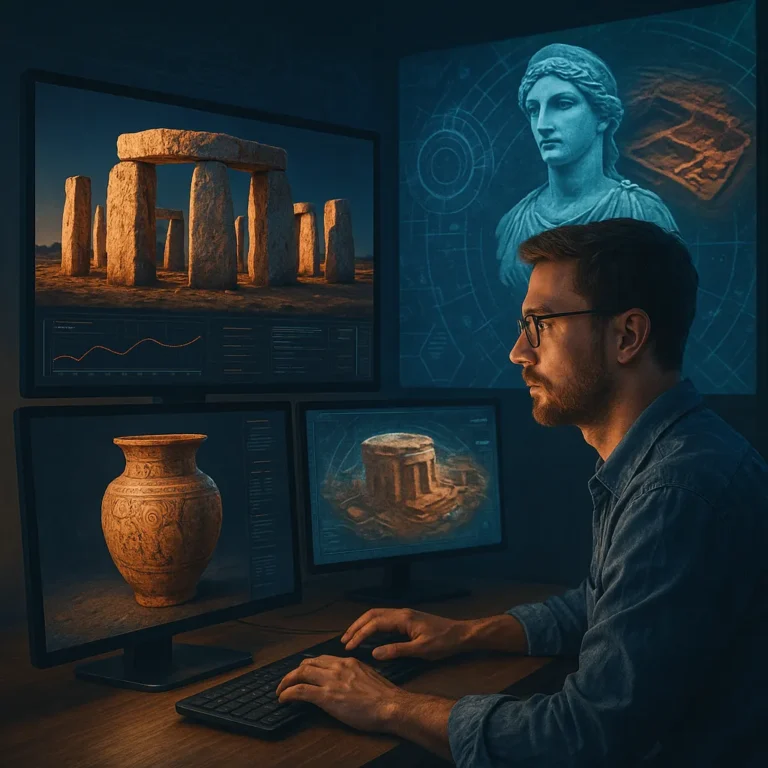Video games have long outgrown their reputation as mere entertainment. Today, they are cultural artifacts in their own right — spaces where history, memory, and human behavior converge. Whether simulating ancient cities, reviving myth through narrative, or mirroring age-old rituals, games increasingly act as digital platforms for anthropological reflection. Through gameplay, design, and story, developers aren’t just building virtual worlds — they’re shaping how we understand the real ones that came before.
Video Games as Digital Reconstructions
Video games can serve as powerful reconstructions of historical periods, bringing dusty timelines back to life through interactivity. Rather than reading about a time long gone, players walk its streets, speak its language, and make choices that echo the challenges of the past.
History in AAA Titles
Big-budget games often go to extraordinary lengths to depict historical accuracy, transforming gameplay into an immersive time machine.
Consider:
- Assassin’s Creed series, which recreates the textures of ancient Egypt, Greece, and Babylon down to the bricks in a temple wall.
- Kingdom Come: Deliverance, known for its meticulous depiction of 15th-century Bohemia, including its language, laws, and daily life.
- Total War, where players command armies, manage empires, and navigate diplomacy in simulations of classical civilizations.
In these games, players aren’t passive observers. They make decisions, explore historical consequences, and engage with the systems of the era — learning by doing, not by memorizing.
Indie Games as Archaeological Poetry
While AAA studios have the resources for realism, independent developers often approach the past through metaphor and emotion. These games don’t just recreate — they reimagine.
Small Scale, Big Meaning
Indie titles often blur the lines between history, myth, and memory, offering psychological and emotional journeys rooted in cultural legacy.
- Heaven’s Vault allows players to decode an ancient language across a fictional civilization, merging linguistic puzzles with historical immersion.
- Never Alone (Kisima Ingitchuna) tells a story grounded in Iñupiat folklore, co-developed with Alaska Native elders to preserve oral traditions through gameplay.
- The Excavation of Hob’s Barrow fuses archaeology with gothic folklore, creating an eerie, personal exploration of buried pasts.
These aren’t textbook simulations — they’re narrative excavations. Players don’t just study the past; they feel it. They live it. The line between player and participant dissolves, turning historical reflection into a personal memory.
Ritual Archetypes in Gameplay: From Totem to Algorithm
Not all games portray history with visible ruins and datelines. Some tap into deeper layers — the ritual patterns of behavior that echo across centuries. A striking example is Aviator by Spribe.
At first glance, Aviator appears to be a simple, fast-paced game of timing and chance. But look closer, and its mechanics mirror something ancient.
Core gameplay behaviors:
- Waiting under pressure
- Making split-second decisions
- Trusting intuition and “luck”
These mirror ritualistic behaviors found across cultures:
- Roman dice games as a form of divine consultation
- African and Latin American totemic readings
- Symbolic gambling in religious or social rites
In Aviator, algorithms replace oracles, and the screen becomes a modern shrine. The ritual is no longer about communing with spirits — it’s about negotiating risk in a digital space governed by code. The psychological experience, though, remains strikingly familiar.
What This Tells Us About Players and Culture
The rise of historically and culturally rich games reveals more than developer ambition — it says something profound about the players themselves.
Modern gamers:
- Seek stories that reflect their identities or challenge them to empathize with others
- Embrace ritual-like mechanics as tools for mastering uncertainty
- Gravitate toward systems of choice and randomness that echo ancient decision-making patterns
Video games have become mirrors. Not only of the past, but of the subconscious — highlighting how cultural memory, myth, and human instinct are never far behind the joystick.




